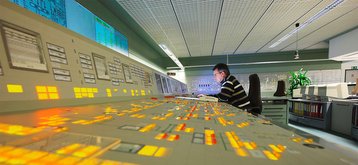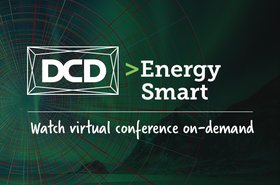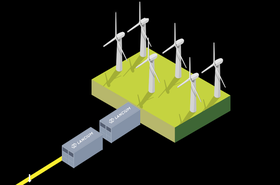German renewable energy firm RWE has teamed with uninterruptible power supply (UPS) firm Riello to increase the amount of energy a UPS can offer to the electricity grid.
Some data centers have begun to share the energy they store in their UPS batteries, giving part of it to the grid when needed, to ease periods of very high demand. RWE and Riello have developed a system which allows more energy to be shared, and have sold the system to its first customer - a nuclear power simulation center in Essen, Germany.
Demand response
The two companies have developed Master+ which allows data centers to automatically draw power from the grid, store it and provide to the grid during imbalances. Master+ uses a "premium" battery with more capacity than a normal UPS, and can be integrated with the facility's emergency power generator. This would allow the data center to can generate its own power and supply it into the grid when needed.
The first place to try the solution is the Kraftwerks-Simulator-Gesellschaft mbH (KSG), a simulation center which has provided training for German and Dutch nuclear power plant operators for 40 years. It now offers some of the backup power for its IT system to support the grid.
“With Master+ and the marketing of our emergency power generator, we can benefit from the energy market: we have a higher storage capacity and our battery storage is monitored around the clock," said Dr. Burkhard Holl, head of engineering and operations at KSG. "This means greater security of supply while at the same time generating additional revenues - a solution that is both profitable and resource-efficient for us."
The emergency power generator is under remote control by RWE, but is not used much more frequently than usual, according to Dr Holl. In fact, the facility has effectively monetized routine test runs of the system.
“Put simply, we cycle the test runs of the emergency power generators, which take place anyway, in exactly the same way so that the networks are relieved,” said Claudius Beermann, product manager at RWE. “In this way, we replace wear-promoting test runs at low load with targeted operations under high load.”
The big idea is to make better use of the energy stored in data center batteries, and to turn the facilities from energy consumers to intelligent customers which aid the grid in transition to more use of renewables, by allowing their batteries to stabilize the grid. Customers of the partnership give RWE remote control and share the revenue when the resource is marketed.




